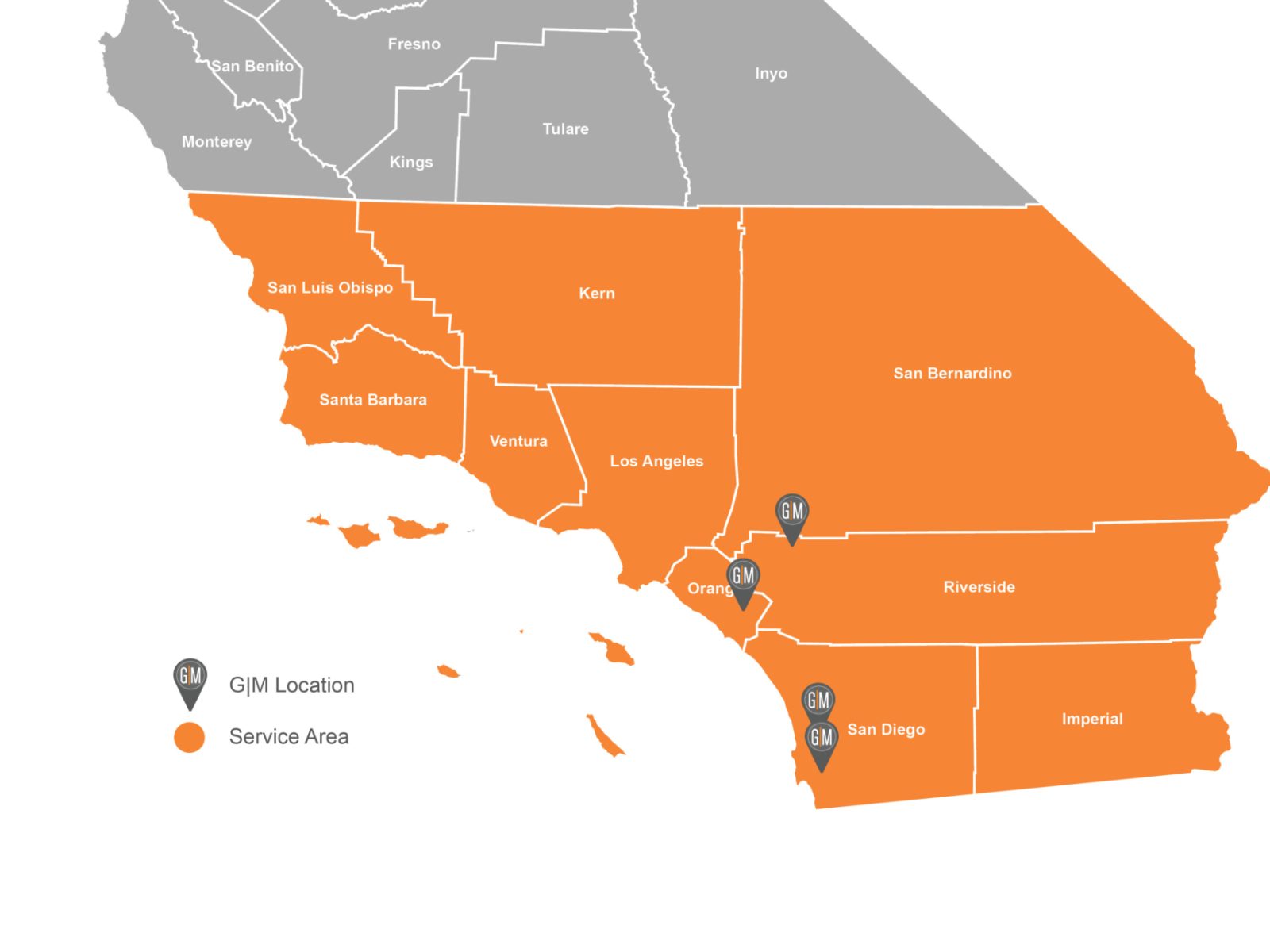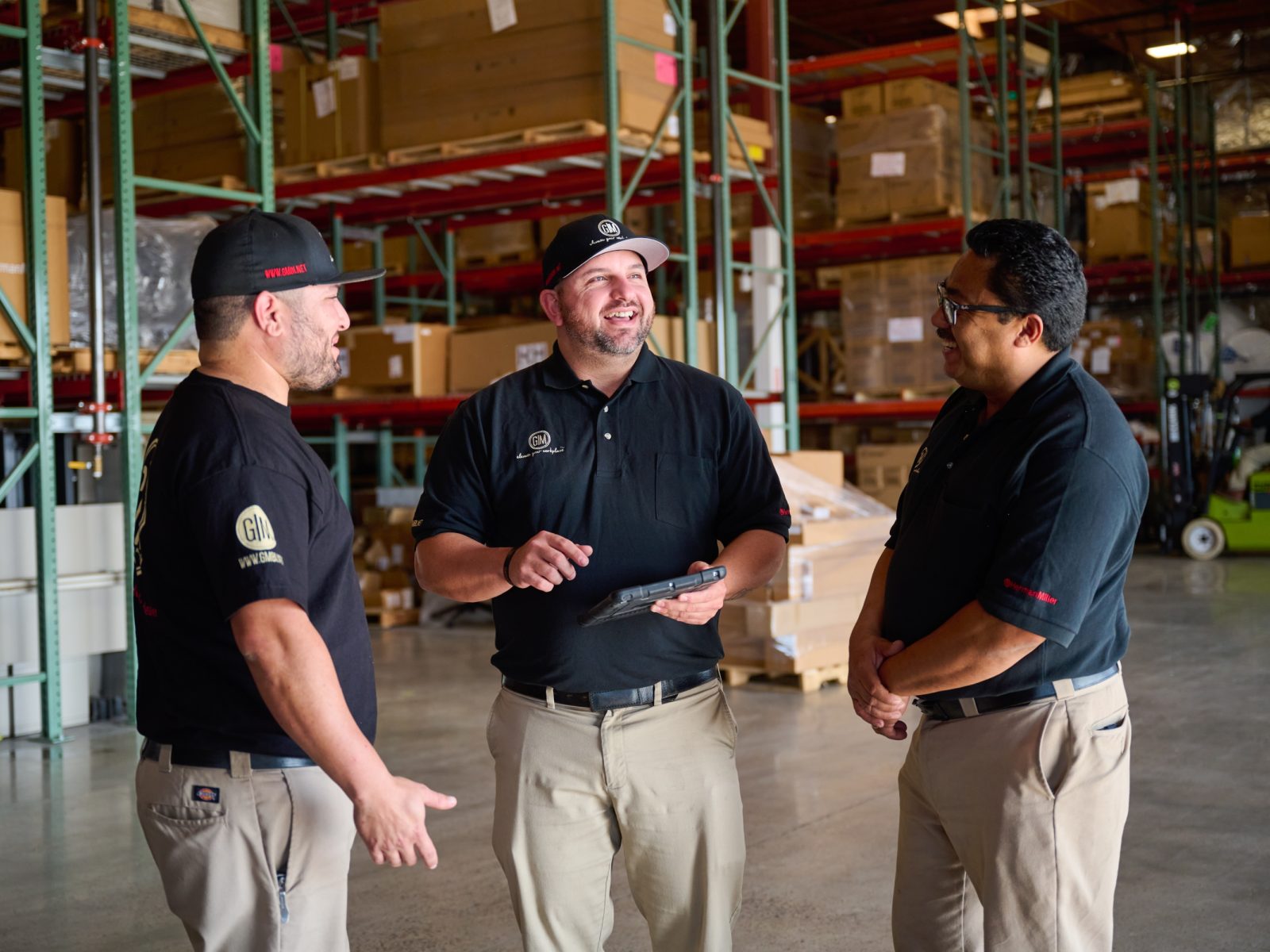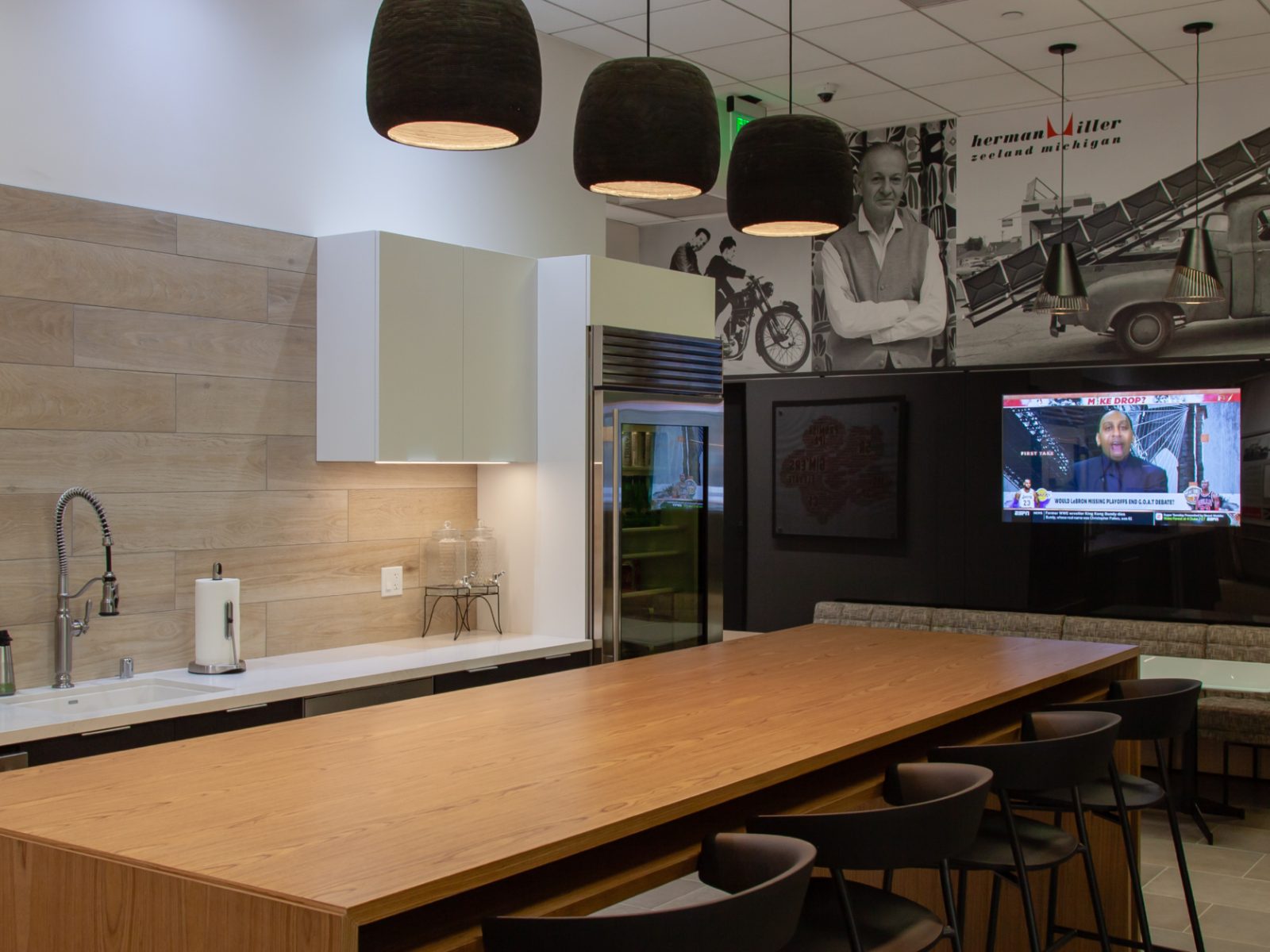A Practical Guide to Enabling Flexible Work Arrangements Quickly
As the precautions continue to rise surrounding COVID-19 (also known as Coronavirus), many organizations are preparing for staff to suddenly work remotely for an indefinite period of time. For those in leadership roles, here are some insights that you can draw upon to make the best decisions for your organization, team, and yourself.

1. Establish an Essential Stakeholder Team to discuss how to quickly and efficiently roll out work-from-home protocols. This should include your IT, Environmental Health and Safety, Facilities Operations and HR departments. Be clear around establishing the business-essential roles that should continue to come to the office or site. Creating a daily team meeting and identifying a sponsor to facilitate the team and action items will enable decisions or information to be assembled and addressed swiftly.
2. Consider how the sudden spike in remote worker will impact the IT department. This unexpected change may call for more computer equipment, and your support is essential in order to understand and evaluate what is needed to ensure things run smoothly. Your IT team will likely need time to evaluate current system capabilities and respond to issues or needs as quickly and efficiently as possible.
3. Establish guidance for staff on how best to access what is necessary while ensuring others can access these items as well, to help bridge the transition. A few thoughts to get you started:
- Only log into the internal network when necessary
- Work offline or via remote desktop until it's necessary to upload/download information or check email communications
- Provide remote-work connection instructions along with any other digital communication tools to employees to reference
- For employees that do not have laptops or mobile equipment, allowing staff to take their desktop units home may be an option.
- Consider employee’s home wi-fi capabilities and be sure to address secure and private network connectivity.
4. Develop an emergency communication plan for events such as this. These plans should be maintained, current, active, and functioning for crucial times like these. Information should be created and reviewed by the Essential Stakeholder Team for accuracy and consistency before being deployed.
5. Establish protocols for managers to lead their teams remotely. Your organization is likely already working on this, or you may have flexibility statements within your organization. It is best to re-affirm and re-publish these to the organization to ensure everyone is aware and operating under the same expectations.
6. Understand that some managers may not have experience managing teams remotely and will suddenly need to change their approach and expectations. Some ways that managers can continue to lead teams and help staff stay connected are:
- Establish a virtual team meeting for everyone to connect on a recurring schedule that fits your business goals. If necessary, make the virtual meetings mandatory
- Leverage digital connection tools like WebEx, Zoom, BlueJeans, Jabber, Slack, Asana, Airtable, Yammer, and what types of communication they should be used for. For example, use Jabber, Slack or Yammer to let team know you will be away from your computer for awhile, or to ask a quick question to the team. Use Webex, Zoom, or BlueJeans for a broader and more complex discussions where multiple team members input is needed, or formal communication will be shared.
- Prioritize critical business goals and encourage staff to be responsive to emails and updates at agreed-upon times
- Be “virtually present” with your team and responsive as quickly as possible
- Create clear expectations on core work hours for team members to be available and working
7. Establish best practices for productive remote working. Transitioning to a remote work arrangement suddenly can create confusion for individuals. Here are a few tips to avoid some of this confusion:
- Advise employees to maintain the same daily schedule for wake up, breaks, lunch times, etc.
- Have employees remind family members that are also at home of “normal business hours”
- Creating daily/weekly goals to remain focused
- Check-in’s with the team – virtually or in a small group face to face keep a purpose-driven and positive atmosphere
8. Ensure that staff who must remain on-site are given the same level of communication and support as those that have transitioned off-site. Clear communication around working hours and expectations while on site should be established. All of the precautions around personal and responsible hygiene should continue to be supported and provided. Here are a few ways to keep your workplace sanitary:
- Advise your staff to wash their hands with soap and water regularly for at least 20 seconds.
- Provide employees with hand sanitizers that include at least 60% ethyl alcohol.
- Ask your employees to keep you informed of travel plans or large group outings, especially in areas where COVID-19 is developing.
- Have your staff routinely clean and wipe down of their surfaces with proper cleaning agents.
- If you have hoteling stations to maintain, ensure there are disinfecting wipes available for staff wipe down surfaces before and after they use the station.
However your organization chooses to address flexible work arrangements during this period of time, it is vital that leaders, managers, and employees remain engaged, connected, and calm. Timely communication with clear information and expectations is crucial to ensure teams remain positive and re-assured during this period of uncertainty.


























